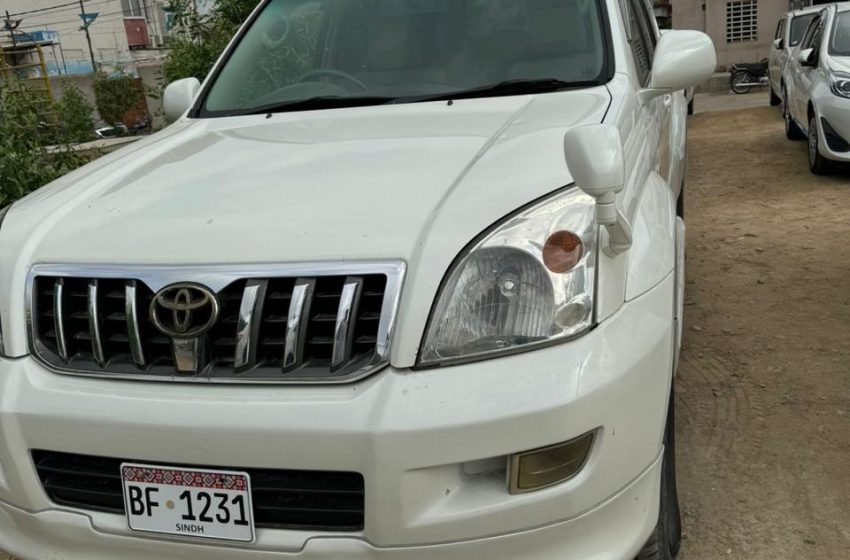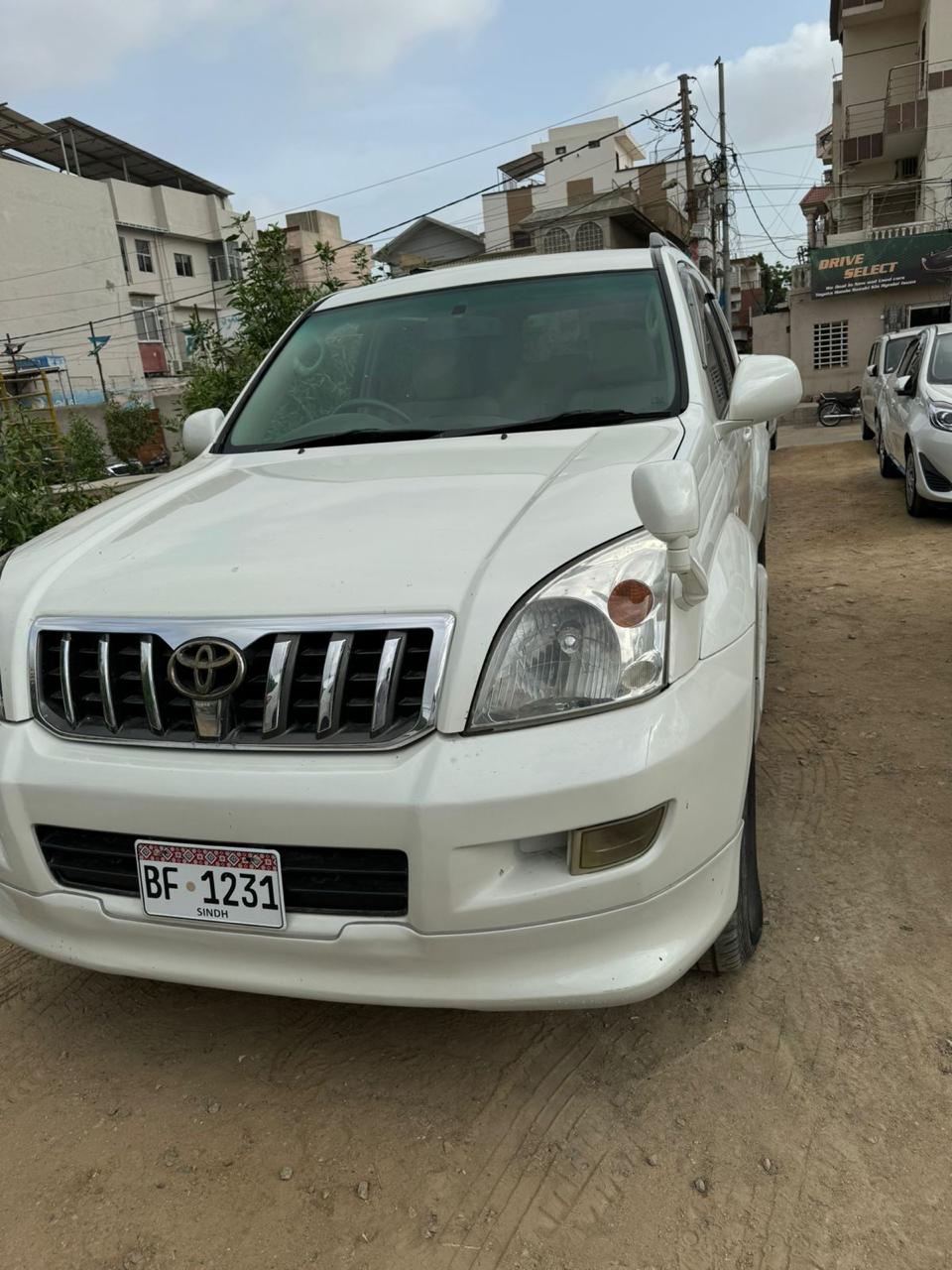The Impact of Currency Fluctuations on New Car Prices in Pakistan

In recent years, the automotive market in Pakistan has experienced significant volatility, largely influenced by currency fluctuations. The Pakistani Rupee’s value against major currencies, particularly the US Dollar, has profound implications for the new cars price in Pakistan. This blog explores how these fluctuations impact car pricing, the underlying causes, and the potential consequences for consumers and manufacturers alike.
Understanding Currency Fluctuations
Currency fluctuations refer to the changes in the value of one currency relative to another. In Pakistan, the Rupee has faced considerable depreciation against the Dollar and other foreign currencies due to various economic factors, including inflation, trade deficits, and political instability. As a result, these fluctuations have a direct impact on several sectors, with the automotive industry being one of the most affected.
How Currency Fluctuations Affect New Car Prices
-
Increased Import Costs
Pakistan relies heavily on imported components for car manufacturing, including engines, electronic parts, and other essential materials. When the Rupee depreciates, the cost of importing these components rises. Manufacturers often pass these increased costs onto consumers, resulting in higher prices for new vehicles. For example, if a car’s components are primarily sourced from abroad, any depreciation in the Rupee can lead to a significant increase in the vehicle’s final price. -
Imported Vehicles Price Surge
Many brands in Pakistan offer imported vehicles, often referred to as Completely Built Units (CBUs). The prices of these vehicles are directly influenced by currency exchange rates. A weaker Rupee means higher costs for importation, leading to steep price increases for consumers looking to buy new cars. This has particularly impacted luxury and premium vehicle segments, where import duties and currency fluctuations can drastically inflate prices. -
Impact on Financing Costs
Currency fluctuations also affect the financing landscape. As the value of the Rupee declines, interest rates may rise as banks adjust their lending policies to mitigate risks associated with currency volatility. Higher interest rates make car loans more expensive, further discouraging consumers from purchasing new vehicles. Consequently, the increased financing costs can lead to a decline in overall car sales. -
Consumer Purchasing Power
As car prices rise due to currency fluctuations, consumers’ purchasing power decreases. Many potential buyers may delay their purchase decisions or opt for used cars instead of new ones. This shift can lead to a slowdown in the automotive market, affecting sales and overall industry growth.
Factors Contributing to Currency Fluctuations
-
Economic Instability
Economic factors such as inflation, trade deficits, and political uncertainty play a significant role in currency fluctuations. In Pakistan, ongoing economic challenges have led to a lack of confidence in the Rupee, resulting in depreciation. -
Global Market Dynamics
The global economic landscape also affects local currencies. Changes in oil prices, international trade policies, and foreign investment can all influence the Rupee’s value against other currencies. As Pakistan is an oil-importing country, any increase in global oil prices can adversely affect the Rupee. -
Monetary Policy
The State Bank of Pakistan’s monetary policy decisions can impact the Rupee’s strength. Interest rate hikes aimed at controlling inflation can lead to short-term currency fluctuations.
The Future Outlook
The future of new car prices in Pakistan will likely continue to be influenced by currency fluctuations. If the Rupee stabilizes against major currencies, there may be a moderation in car prices, providing relief to consumers. However, if the current trend of depreciation persists, car prices could continue to soar, further limiting consumer access to new vehicles.
Strategies for Consumers
-
Budgeting Wisely
Consumers should carefully evaluate their budgets and consider alternative financing options. Understanding the impact of currency fluctuations on loan terms can help in making informed purchasing decisions. -
Exploring Alternatives
With new car prices rising, consumers may benefit from exploring used cars or smaller, more affordable models. These options may provide better value in the current economic environment. -
Keeping an Eye on the Market
Staying informed about currency trends and market conditions can help consumers time their purchases more strategically.
Conclusion
Currency fluctuations have a profound impact on new car prices in Pakistan. As the value of the Rupee fluctuates, the resulting changes in import costs, financing rates, and consumer purchasing power shape the automotive landscape. For consumers, understanding these dynamics is essential for making informed decisions in a challenging economic environment. By remaining aware of market trends and considering alternative options, buyers can navigate the complexities of car purchasing amidst currency volatility.



